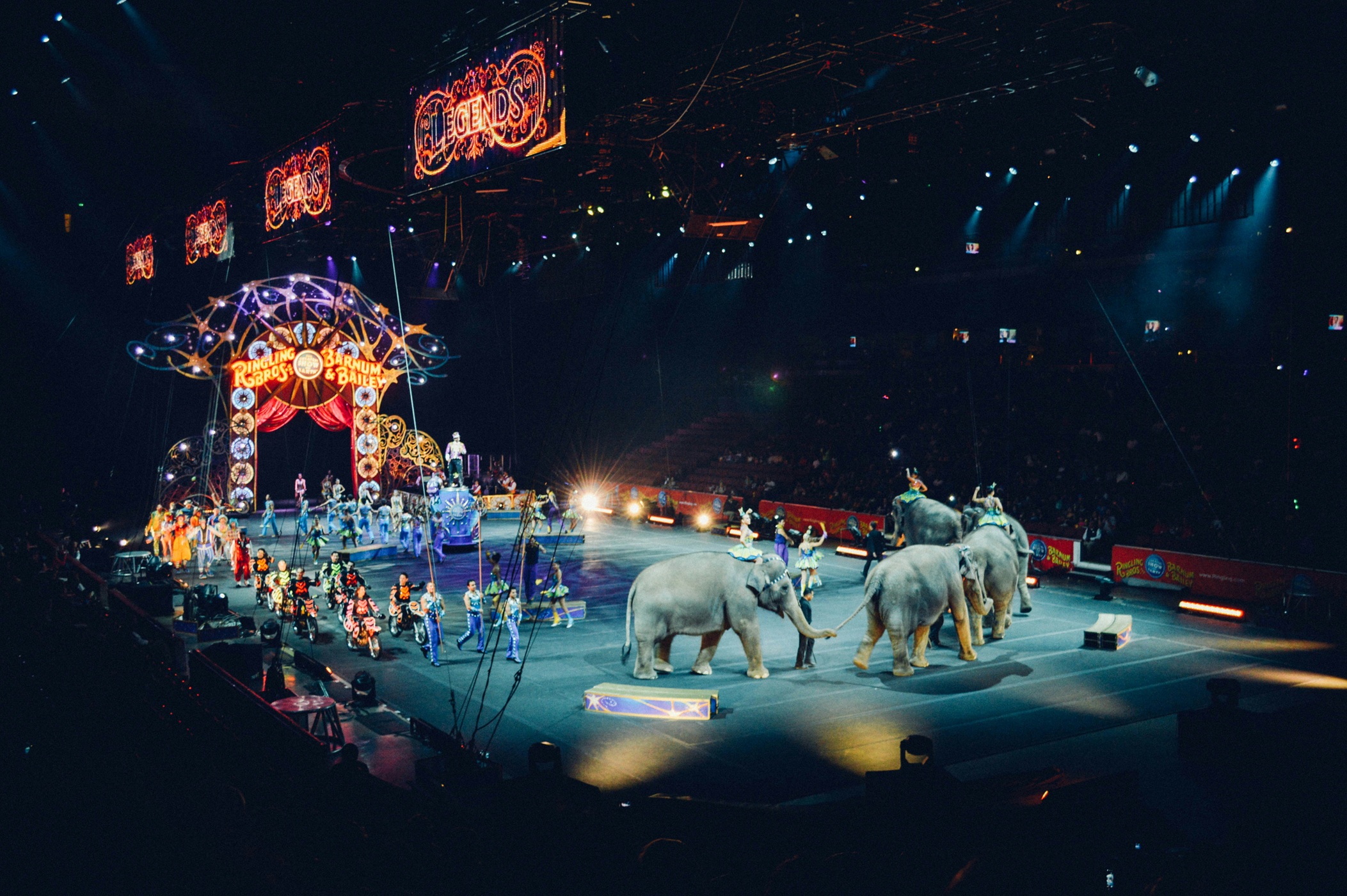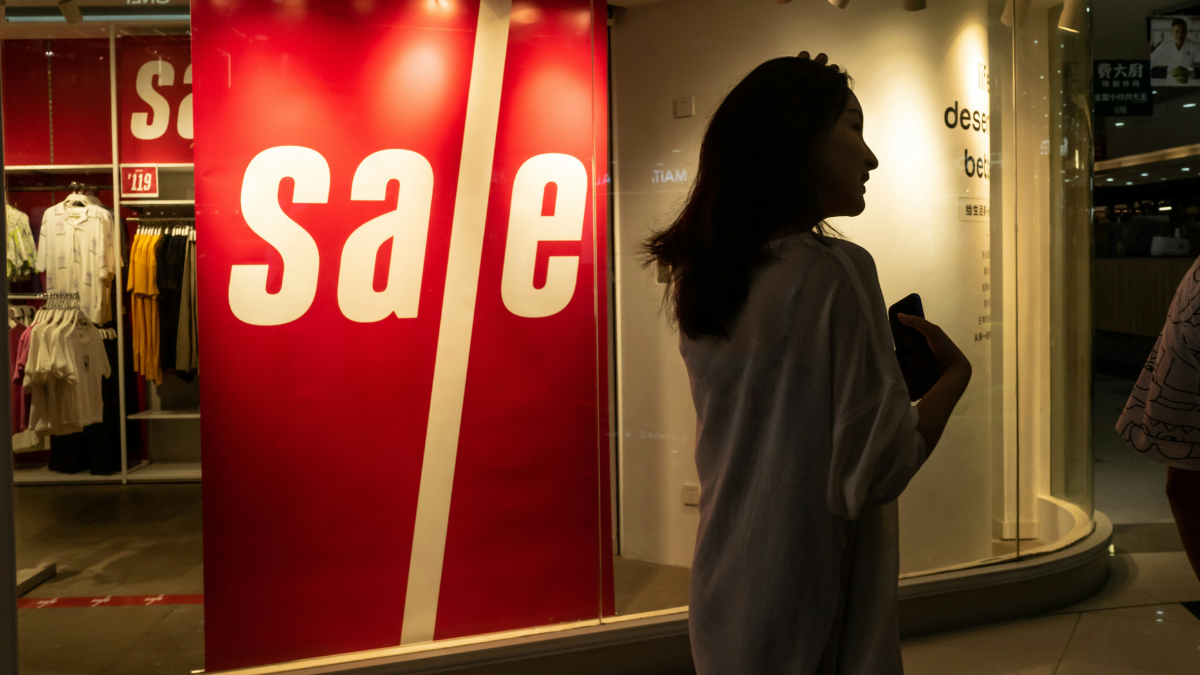Paramount Pictures claims that it organised the largest roadblock in media history to promote Gladiator II
Beginning at 9pm (EST) on 18 November, a 60-second trailer for the movie starring Denzel Washington aired on more than 4,000 networks and platforms around the world, and according to the studio, reached over 300 million people.
In the US, the trailer ran during NFL game coverage on ABC and CBS, and during The Voice on NBC. Paramount also bought takeovers on Google, Meta, TikTok and Snap, among other platforms, as well as airtime on cable channels and radio stations. Outside the US, the trailer ran on 53 channels across the UK, France, Germany, Italy, the Middle East, as well as 11 channels in Brazil and Mexico, and 18 channels in Australia, China, Japan and South Korea. The figures provided by Paramount suggest that the campaign is, by a wide margin, the largest advertising roadblock ever put in place. The New York Times reported (citing Variety) that Sony Pictures Entertainment previously claimed to have organised the largest ever roadblock when, in 2009, it ran a trailer for 2012 across 450 television networks.
A source familiar with Paramount’s Gladiator II promotional campaign told MediaCat that the roadblock was organised by media agencies — including Wavemaker, according to the New York Times — without using AI. The source also said that the roadblock resulted in the biggest search lift of the entire Gladiator II campaign.
As media becomes more fragmented for consumers, roadblocks are an increasingly useful way for brands to rise above the clutter of advertising and create attention-grabbing moments for their products and services. And as media becomes more concentrated among platform owners, networks and publishers, roadblocks are increasingly feasible tactics, as far as organisation is concerned.
A study published in the Journal of Advertising Research in 2022 attempted to define media roadblocking and better understand its effects through a series of lab experiments that exposed participants to digital media.
According to the researchers, roadblock advertising is more effective than regular, ‘cluttered’ advertising at improving brand recall, consumer attitudes towards the brand and advert, and purchase intent.
The researchers also found support for their hypothesis that ‘within pod’ roadblocks (ads played back-to-back in a single commercial break) were more effective than ‘across pod’ roadblocks (ads played once in each of a programme’s commercial breaks) at boosting those metrics, and they suggest that roadblocks are more effective for familiar brands than novel ones.
Featured image: Gladiator II / Paramount
























